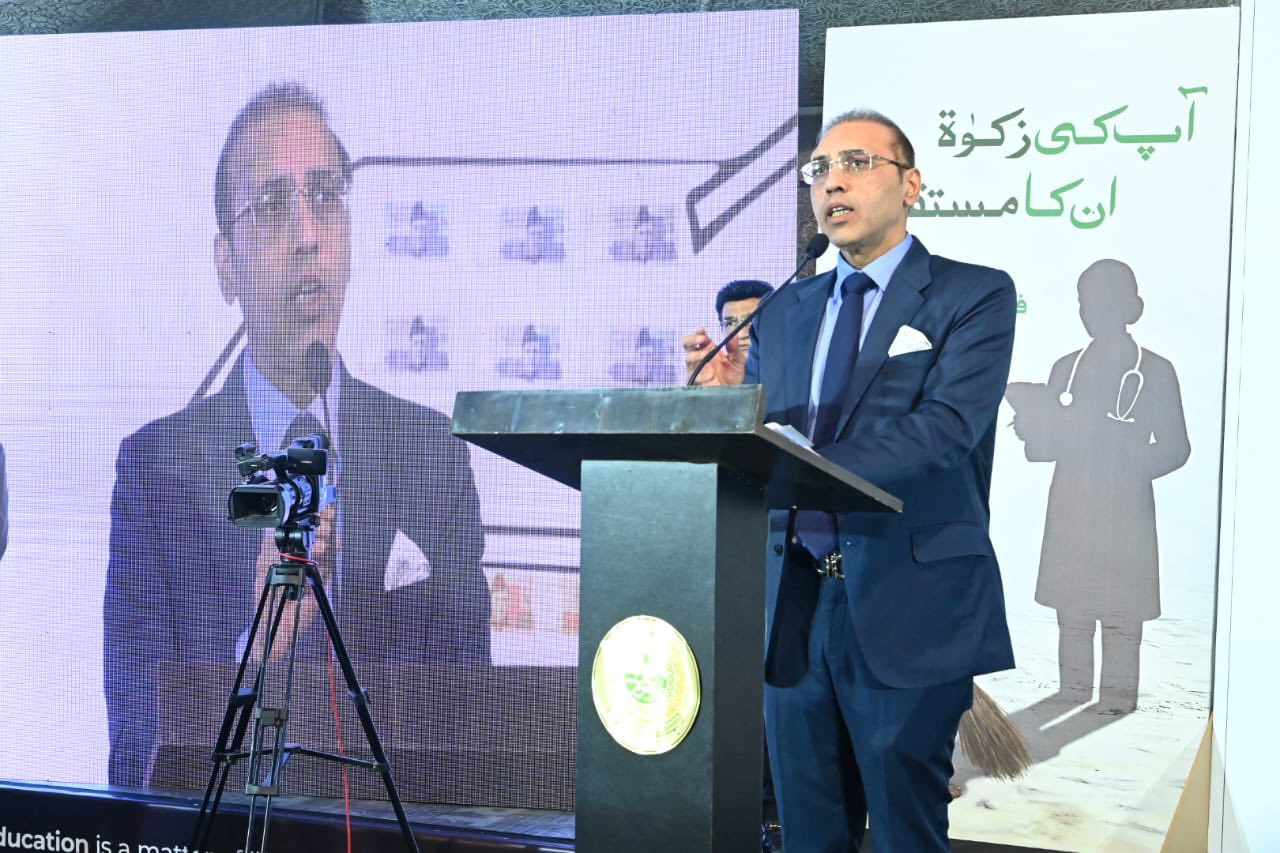The National Assembly constituency NA-130 of Lahore is likely to have experienced the worst form of rigging ever happened in the electoral history of Punjab since 2002 general elections as on many Form-45s the turnout for NA-130 was between 90% and 102%, while for provincial assembly seats about 40%
PRESS RELEASE
Islamabad 30 July: The ECP had declared a three-time prime minister of Pakistan, the winner from NA-130 Lahore-xiv in February GE-2024, seemingly by increasing his share in polled votes on Forms-45s which compelled the election officials to increase the overall turnout too for the same polling stations, and eventually that forced them to prepare the fake Form-47 too. However, this manipulation created phenomenal discrepancies on the election result forms not only within NA-130 but also with provincial seats, which exposed the scale of rigging. Interestingly, the ECP didn’t bother to resolve the discrepancies.
First some facts. Remember NA-130 was divided into 376 polling stations (PSs), 217 were shared with PP-173; 144 with PP-174, and 15 with PP-170. Generally, turnout for shared polling stations for both national assembly and provincial assemblies has almost always been same not only in previous elections but also in most constituencies in February 2024 general elections because voters who go to polling stations almost always polled both (NA and PA) ballot papers. Therefore, any significant variance in polled votes between the two is likely to be a result of some form of manipulation and rigging.
These are some of the disturbing findings of the audit of Pattan-Coalition38, which made further probing essential.
Wild variance in turnout between national and provincial constituencies: Pattan’s audit revealed huge variance in shared polling stations (SPSs) established for NA-130 and PP -170, PP-173 and PP-174 – an extremely peculiar and rare occurrence. For instance, on 82 Form-45s, on average the turnout for NA-130 was as high as 86%, while in the same polling stations the average turnout for provincial seats was just 41% – a staggering gap of 45% must have caused discomfort. Similar gap could be seen in 36 other shared polling stations, where turnout was between 90% and 99%, but for provincial seats it was less than 40%. On three Form-45s the turnout for NA was as high as 100% or more, while for provincial assembly it was less than 50%. Overall, on 69 Form-45s of NA-130 the turnout was between 70% and plus 100%, Out of 69 on 60 polling stations turnout was between 80% and 99% – a rare phenomenon. See attached graphs and tables.
The turnout according to ECP Form-47 for NA-130 was 52.45%, while for PP-170; PP-173 and PP-174, it was just 40.15%, 40.69% and 38.24% respectively. It means overall there were about 12% of voters who had cast ballot for NA but did not polled for PP seats at all, which looks suspicious. Our audit team randomly picked few Form-45s where turnout gap was very high. For instance, on Form-45s of polling station # 6, total registered votes were 1,901, as many as 91% or 1,736 voted for NA, while only 784 or 41% voted for PP seat. This means 952 voters who had received the ballot paper for PP-173 did not cast it and this peculiar phenomenon happened in more than 80 polling stations of NA-130. The record was available on the ECP website till July 28th.
As mentioned above, NA-130 and PP-173 had shared 217 polling stations. The turnout for both NA and PP appeared to be same in 113 polling stations (or on Form-45s), while different turnout was discovered between the two in 104 polling stations. In 64 polling stations, polled votes for NA were higher than the PP, while in 40 polling stations turnout for PP was higher than the NA. However, the variance for NA was much higher than the PP seat. Similar trend existed for PP-174 and NA-130. Overall our audit shows massive gap (26% or 25,693) in polled votes in 54 shared polling stations of NA-130 and PP-174 alone. In other words on average there was difference of 476 polled votes existed between NA and PP constituencies, while average jumps up to 749 (28%) in polling stations where polled votes were higher for NA-130.
Relationship between high turnout and share in polled votes: Mr. Sharif was shown winner on 166 or 44% Form-45s, while Dr. Rashid was declared winner on 56% or 208 forms. However, there appears a reverse relationship between share in polled votes and lead in polling stations. The probing further revealed astonishing trends. For instance, Mr. Sharif obtained 11,817 more votes on Form-47 than his total votes on all Form-45s, while Dr. Yasmin Rashid obtained 2,845 fewer votes on Form-47 than aggregated votes on all Form-45s. This strange occurrence is likely to be a result of ineptness of the ECP. It could also be an act of dishonesty or both.
Further examination revealed that Mr. Sharif obtained 125,034 votes on 166 form-45s. In other words, he had obtained 753 votes per polling station, while Dr. Rashid had got just 300 per PS as she got 62,533 votes on 208 Form-45s. This massive difference in demographically similar polling areas makes little sense. Moreover, as runner up in 208 Form-45s share of Mr. Sharif in votes declined, but his tally on Form-47 increased by 11,817 votes, while Dr. Rashid’s total votes on Form-47 dropped by 2,845 votes. For details see attached tables and graphs.
In brief, three unprecedented and peculiar trends emerge from the audit of the ECP result forms:
1. Exceptionally high turnout on almost one-fifth Form-45s. 2. Massive gap in turnout between national and provincial seats in the shared polling stations, and 3. Turnout gap between Form-47 and 45s.
These contradictory and dubious trends would naturally create suspicion about the credibility of the election/s, and seriously damage trust of public in electoral structures and democratic institutions.
In order to build confidence of the people of Pakistan, a comprehensive investigation must be conducted in a transparent manner, and it must be initiated without any further delay as the country and the people can’t afford perpetuation of on-going political uncertainty.


